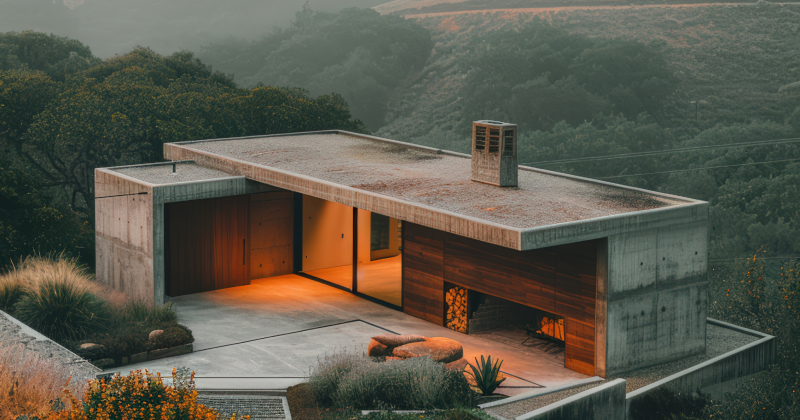As we move forward in the 21st century, the importance of sustainable design in houses cannot be overstated. With the increasing awareness of climate change, environmental degradation, and health concerns, it’s essential to incorporate eco-friendly design principles into our homes. In this blog, we’ll explore the concept of biophilic design, its benefits, and how it can be applied to create sustainable and harmonious living spaces.
1. What is Biophilic Design?
Biophilic design is the practice of incorporating natural elements such as light, greenery, and organic materials into built environments. It seeks to create harmony between indoor spaces and the natural world, improving the physical and emotional well-being of occupants.
2. The Principles of Biophilic Design
Incorporate tangible elements of nature, such as indoor gardens, potted plants, and natural light. A lobby with a vertical green wall and a skylight that floods the space with sunlight. Use patterns and textures inspired by nature, such as wave-like designs, leaf motifs, or rough-hewn wood. Furniture crafted with live-edge wood and carpets with organic, nature-inspired patterns.

Natural light and greenery enhance focus, cognitive function, and creativity, making biophilic design ideal for workspaces. A creative studio with large windows and indoor plants inspires innovative thinking. Biophilic design encourages the use of sustainable materials and energy-efficient systems, reducing the environmental footprint.
3. Future of Biophilic Design
As urbanization continues, biophilic design will play a vital role in enhancing the quality of life. Future innovations may include AI-controlled green systems, biodegradable materials, and immersive natural environments within smart buildings.
Conclusion
Biophilic design is more than a trend—it’s a lifestyle that harmonizes architecture with nature. By bringing the outdoors inside, this approach creates healthier, more inspiring spaces for people to live, work, and thrive.

